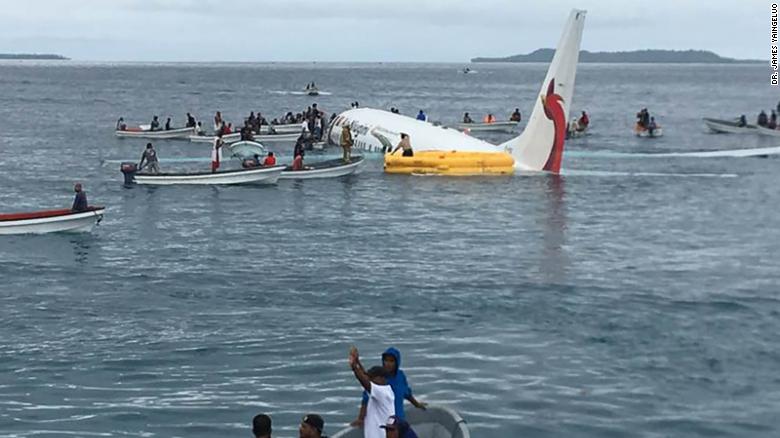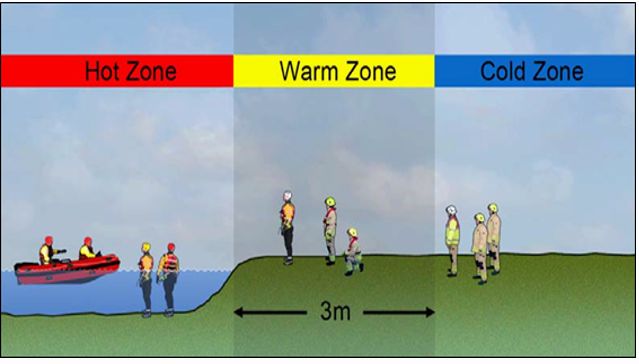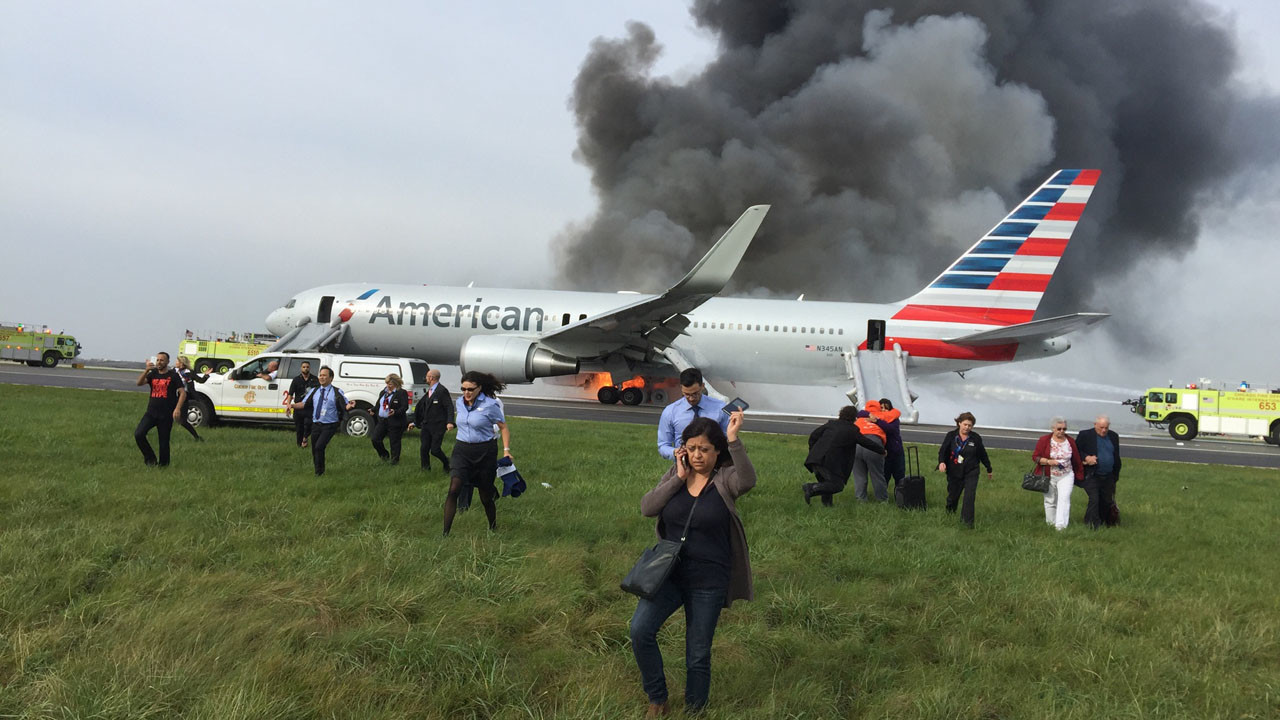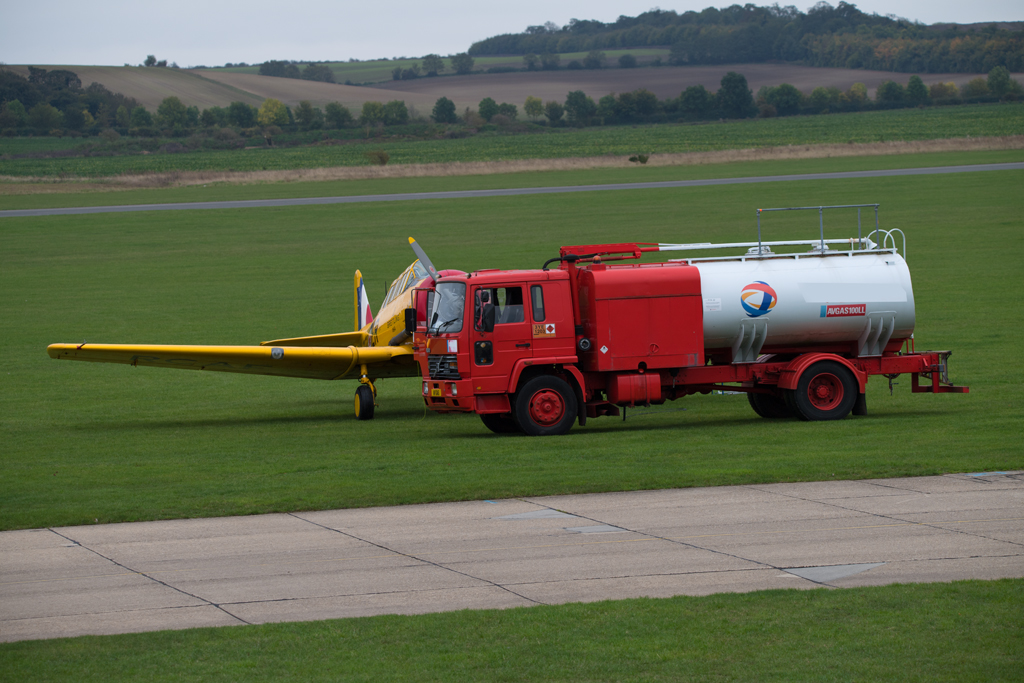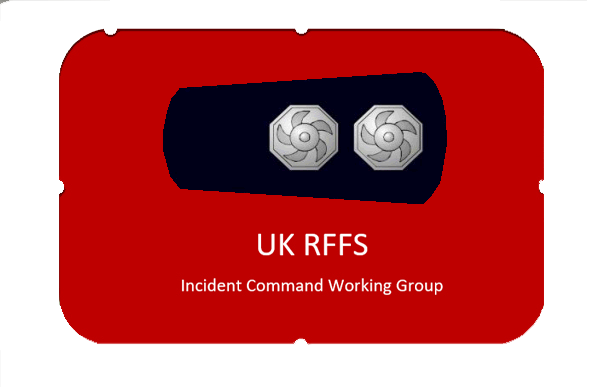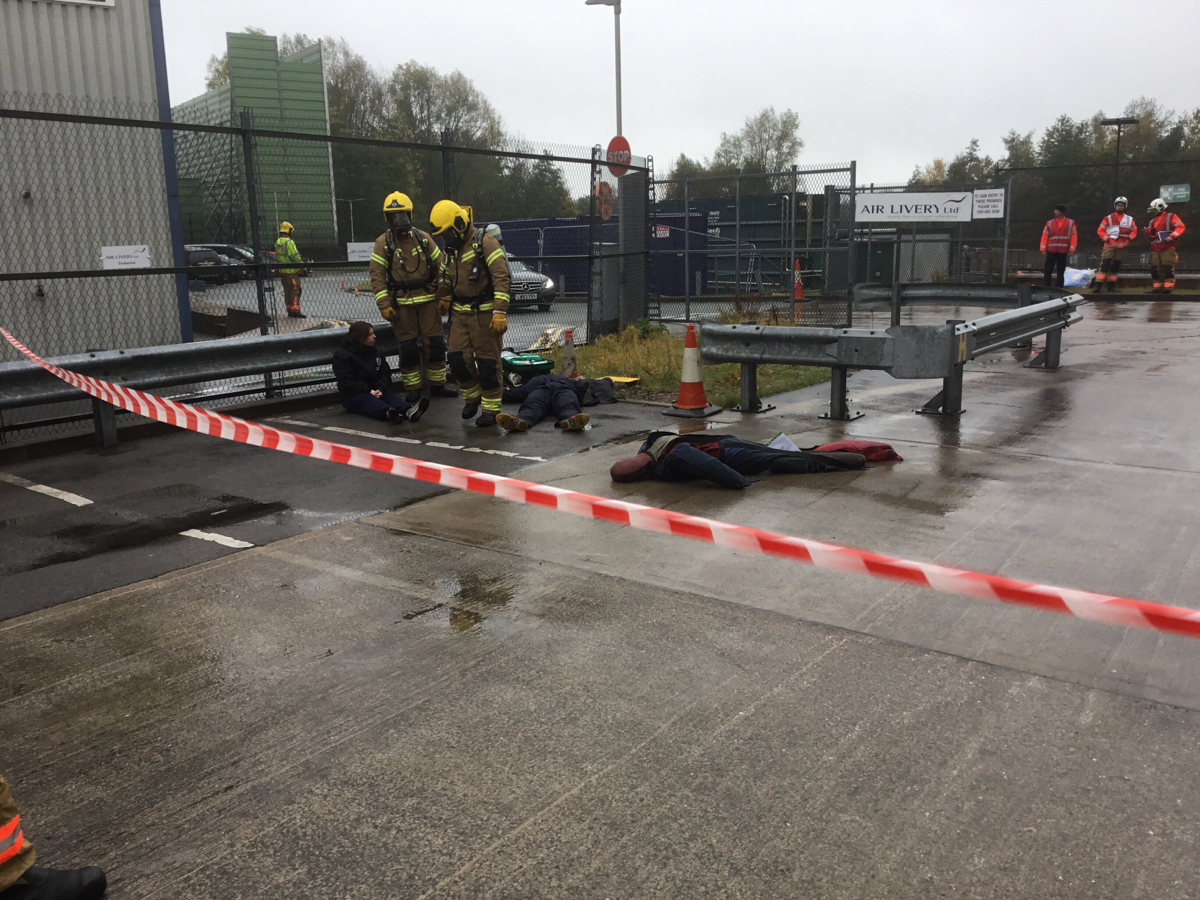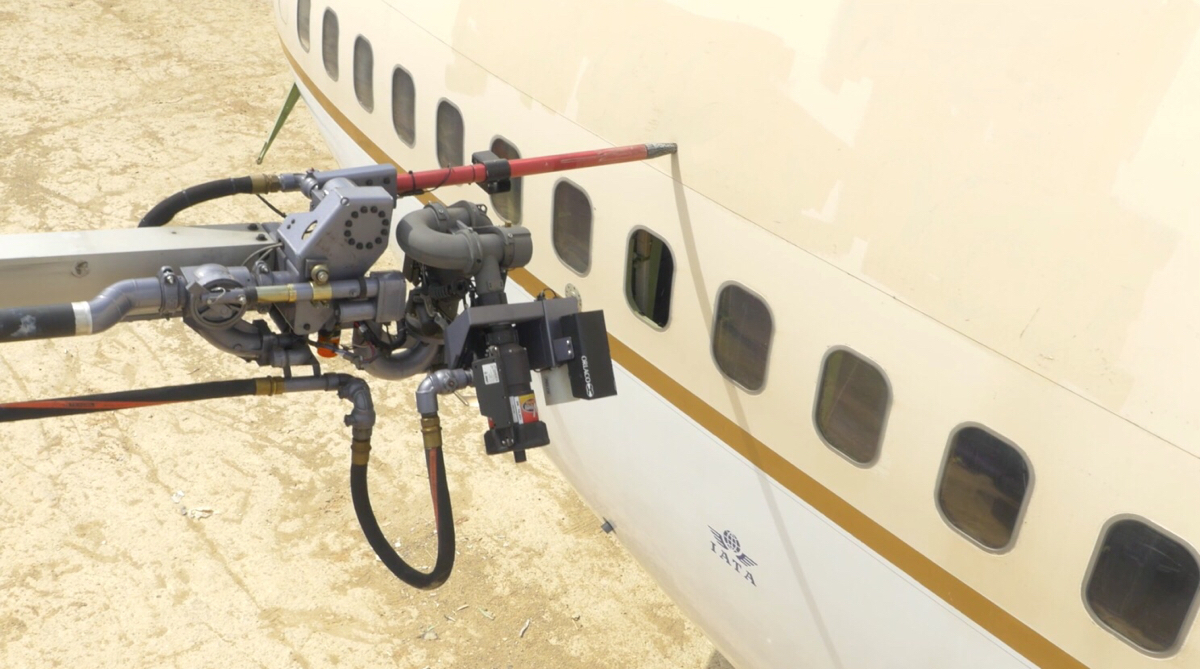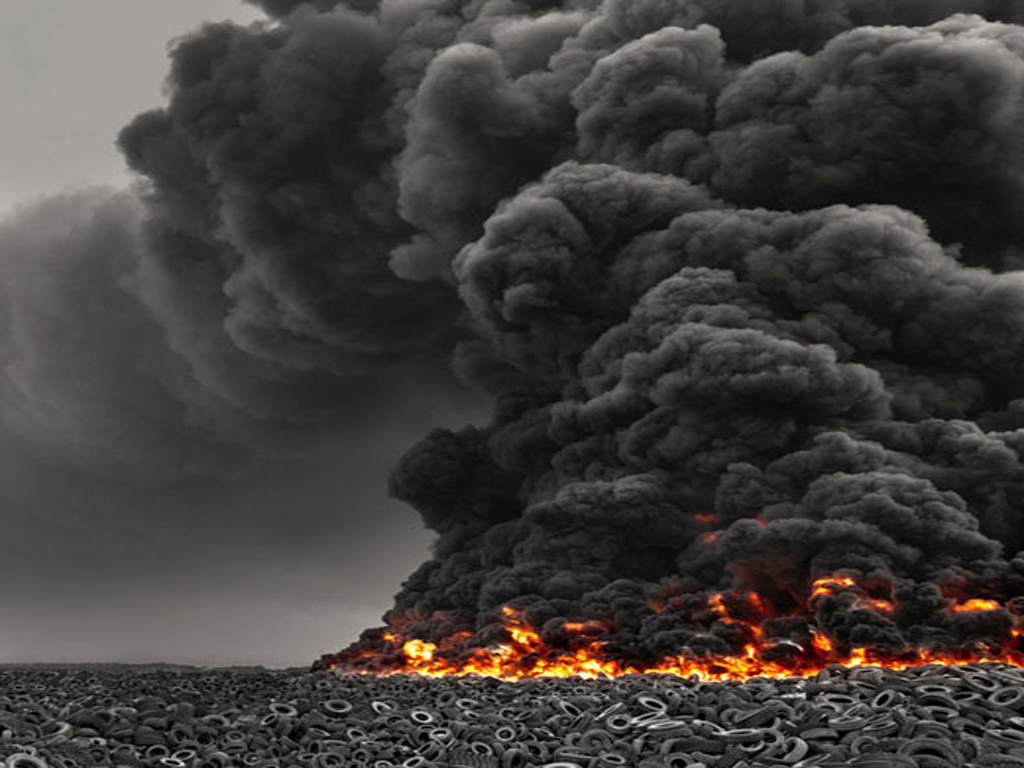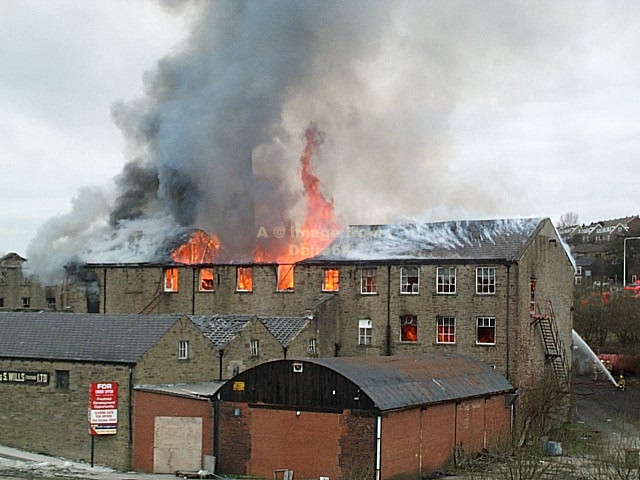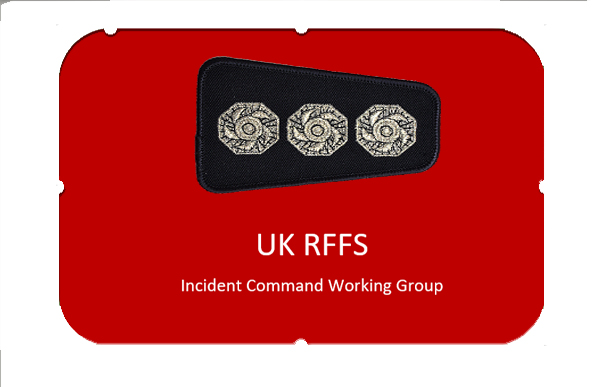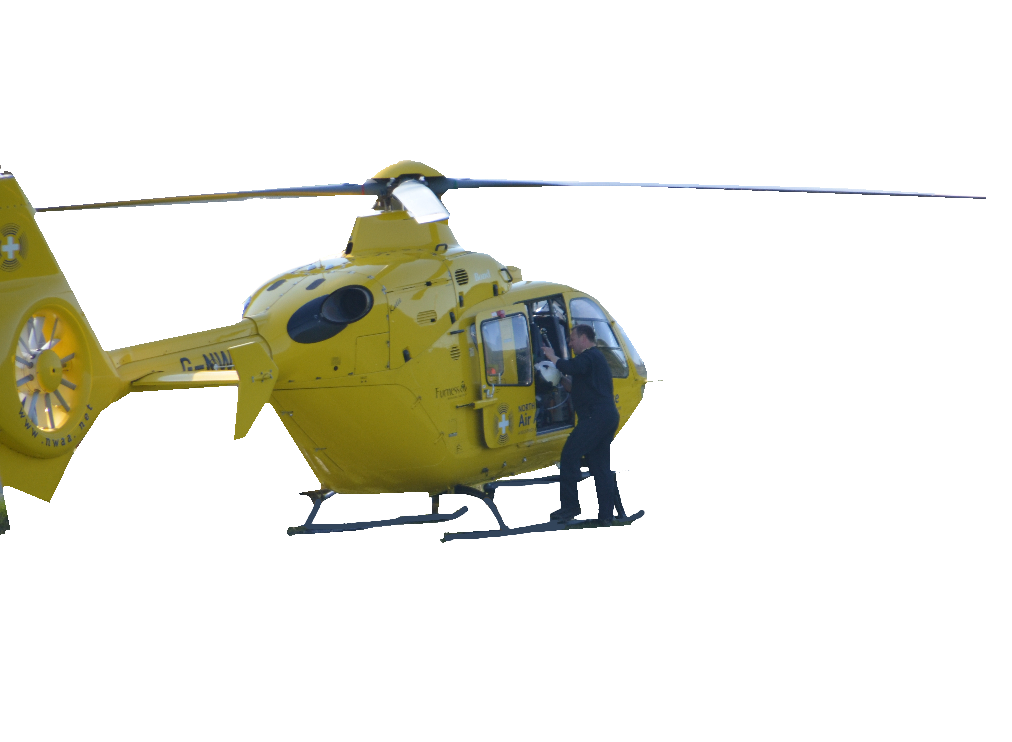Title Page
-
Document No.
-
Weather currently, detail any expected change if known. Day or Night, Water Temp
- Fine and Sunny, warm to hot
- Wet and Windy, cold
- Dry and Overcast warm
- Rain moderate or light
- Windy
- Low visibility
- Showers
- Frost or Snow
- Day
- Night
- Water Cold or very Cold
- Water Hot or Warm
-
If Raining, estimate Total expected if known
- Heavy Rain
- Moderate Rain
- Light Rain
- Prolonged
- Showers only
- Torrential conditions, spate events likely
-
If Tidal, have you checked Tide tables
-
Has the current of the water been considered and recorded,
-
Incident number if known or assigned
-
Conducted on
-
ARA completed by
-
Location
-
Location without auto locate, detail or Multi occupation site
-
This checklist provides a guide to assist and support the dynamic risk assessment and the declaration of the correct Tactical mode, at a suitable stage a more detail assessment of risk should be conducted using UK RFFS WG 9 ara Template.
Having carried out the dynamic risk assessment and established a tactical mode, an incident commander should be aware of the immediate hazards, who is at risk and the control measures necessary to protect them. This should be completed and recorded on all occasions when the recorded dynamic risk assessment is not sufficient.
Once completed this information should be communicated effectively with all relevant agencies attending the scene and the risk information shared to improve the situational awareness of all on scene. The checklist is not definitive merely a guide to assist where needed and are suggestions only, these are not a substitute for training and following service procedures or guidance.
Assessment of scene on Arrival
-
Are you in a safe position and wearing the correct level of PPE?
-
Tactical mode Declared
-
Have all personnel had a safety brief, Trained to the role required
-
Have you a Thermal image camera to assist the incident survey or casualty search
-
Can you safely conduct a 360 degree safety survey of the incident scene, define if limited to one side of a scene only
-
Search Plan Considerations for Aircraft
Gather information from the public and liaise with other agencies, Police to collate witness statement if possible
Search in hidden voids
Review passenger/cargo manifests
Be aware of seating and standing capacities
Look for occupancy indicators -
Is the incident likely to impact on areas away from the incident scene and transfer any risk to another location
- Incident safety issues confined to incident scene only
- Incident safety issues present some transfer risk to the site
- Incident safety issues present an off site transfer of risk
- Incident safety presents significant risk off site and the wider area
-
If safe and permitted can you take a photograph as evidence of current scene from a safe position
-
Visbility and Ground conditions
- Good visbility
- Good conditions underfoot
- Poor ground conditions, unmade
- Poor visibility
- Low Smoke to ground, obscurring visibility
- Slippy, Wet
- other detail in notes if needed
-
Water Conditions
- Fast Flowing, in Flood
- Frozen or Partially frozen
- Slow Moving or Still water
- Moderate flow, Non Flood
- Fast Flowing, Non Flood
- Quicksand suspected or known
- Mud or channel on Estuary
-
Incident involves Water that is
- Tidal River
- Fluvial, Non Tidal River
- Canal
- Reservoir, Pond, Lakes
- Drain, Culvert, Sewer, detail in notes
- Street, Urban area based flooding of properties
- Coastal, Beach based response, Harbour
- Storage tanks
- Mudflat or Marsh
- other not defined, detail in notes
- Slurry pit
-
Water Depth expected or known
-
Are all Vehicles and Personnel Waterside in a safe deployment, correct PPE
-
Forward control point defined or identified
-
Confirm agencies needed
- RNLI
- Coastguard
- Police marine unit, Divers
- Swift Water Rescue specialist
- Air Support, Air Ambulance
- Other rescue service or specialist needed, detial in notes
- Fire
- Police
- Ambulance/HART
-
Have you sent a Methane or Ethane message specify in notes if required
- RNLI
- Coastguard
- Police marine unit, Divers
- Swift Water Rescue specialist
- Air Support, Air Ambulance
- Other rescue service or specialist needed, detial in notes
- Fire
- Police
- Ambulance/HART
-
Hot, Warm, Cold zone considered initially
-
Hot zone - is the area covered by water. This is a high-hazard zone where rescues will be carried out and should only be entered by rescuers with the appropriate training and PPE
Warm zone - is the working area adjacent to the water. There is still significant risk here from uncontrolled entry into the water. The area is usually three metres across, but may be extended or reduced depending on the level of risk. In low risk situations, such as still, safe and known bodies of water, a warm zone may not be needed. Personnel working in the area should be suitably trained, equipped and briefed to carry out specific tasks.
Cold zone - is the safe area located outside the hazard zones. Equipment dumps, rescue personnel and casualty reception/holding areas and marshalling areas should all be located in this area -
Are other agencies on scene
-
Was or Is the presence of contaminated products suspected in the Water
- Water does not appear polluted
- Water appears polluted with clearly visible product
- Unknown at this time
- not listed, detail in notes
- Water is known or labelled as a contaminant
-
is a cordon to be established? Specify inner and outer as required? is there a cordon gateway established
-
Evacuation or further Evacuation needed? Safe routes to safe areas identified
- Evacuation needed
- Evacuation distance reduced on risk assessment , based on guidance or specialist advice
- Evacuation is to be replaced shelter in place
- No evacuation needed at this time
-
Does the Environment Agency need to be conatacted record brief details,
-
For Airports, Has the effect on movements and category been considered, Air traffic control Informed
- All Movement isolated, record current category in note, update as required.
- Movement not affected, record current category in note, update as required.
- Other, describe as required in note
- Specific movements restricted, category affected
- add further detail in notes as required
-
For Airports, Consider Expected length of fire service operations as a result of the incident
- No delays to operations, RFFS available
- No resources available for at least 15 minutes
- Significant delays to RFFS resources 30-60 minutes
- Major delays over 60 minutes
-
Are persons involved as casualties, specify in note how many
- No person directly involved
- Persons involved and require medical treatment
- Persons or animals involved, specialist advice or measures needed
- Decontamination from product will be required
-
Manual Handling Risks considered and briefed to responders
-
is Emergency decontamination carried needed , effects of water temperature considered
-
Is a casualty clearance zone needed
-
Consider where this can be safe, well lit and accessible location
-
Are there any outstanding safety issues likely with the casualty clearance zone
- Yes
- No
- N/A
-
Confirmation that Tactical mode is correct at this time after check list survey
